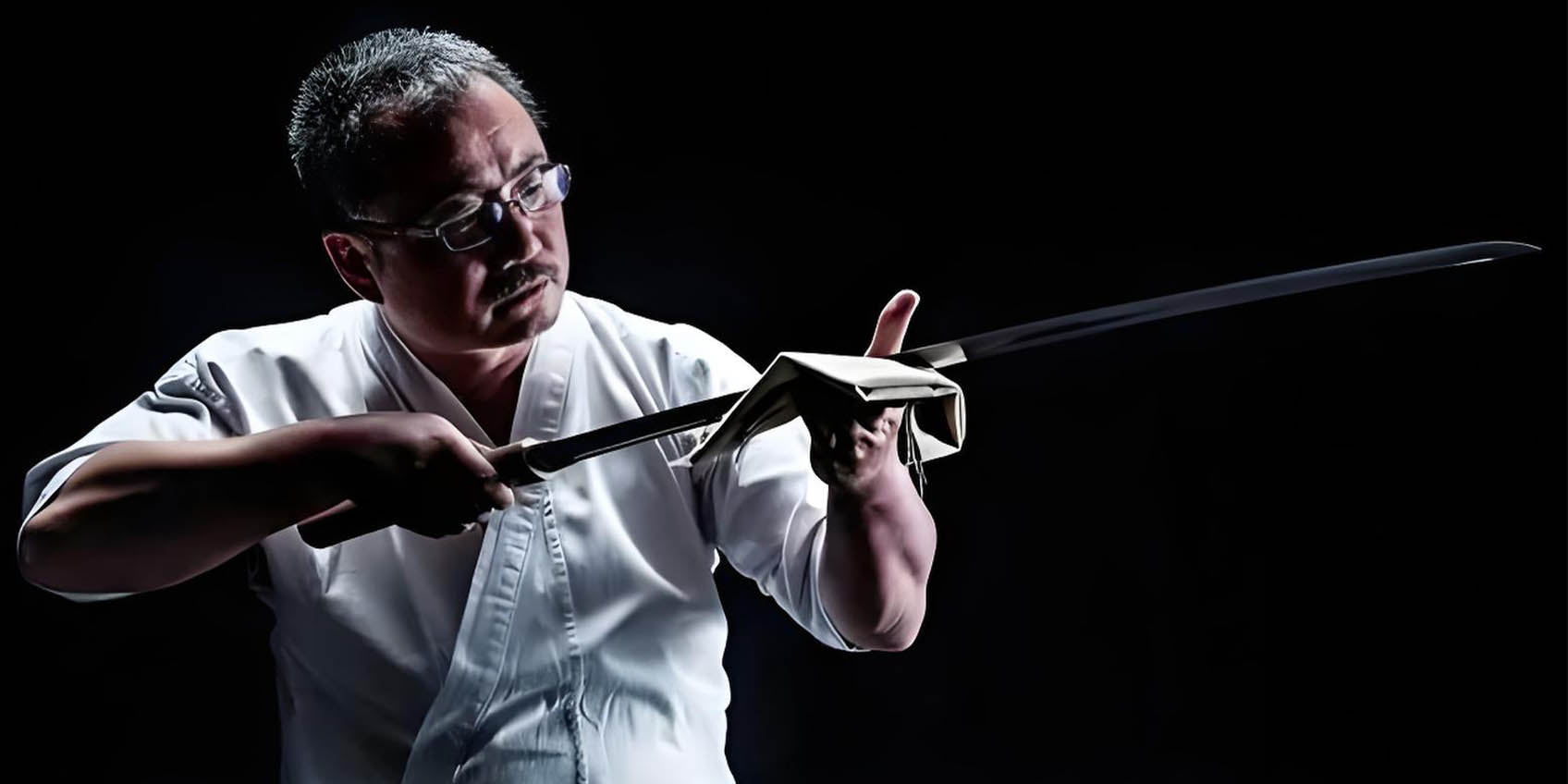How to Make a Real Samurai Sword: The Art and Craft of the Katana

In Japanese culture, the samurai sword (also known as katana) is more than just a weapon—it’s a symbol of artistry, tradition, and spiritual honor. For centuries, samurai treated their swords as an extension of their soul. Today, thanks to the preservation of traditional techniques and the fusion of modern craftsmanship, more people are curious: Can you make your own samurai sword?
Can You Make a Samurai Sword?
Yes, you can—but it requires a deep understanding of metalworking, access to proper tools, and most importantly, respect for traditional Japanese sword-making techniques. Creating a real katana is not just a technical challenge, but a tribute to the spirit of craftsmanship and bushido.
The Basic Parts of a Samurai Sword
Before learning how to make a katana, it’s essential to understand its key components:
-
Blade (Ha): Usually made from high carbon steel, expertly forged and quenched for razor sharpness.
-
Handle (Tsuka): Wooden core wrapped in ray skin and cotton or silk cord for a comfortable and firm grip.
-
Scabbard (Saya): Often handcrafted from wood and decorated with traditional lacquer work.
-
Handguard (Tsuba): Protects the wielder’s hand and showcases artistic design.
Step-by-Step Guide: How to Make a Samurai Sword (Katana)
1. Material Selection & Forging – The Soul of the Sword
The journey begins with choosing the right steel. Traditional swordsmiths often use Tamahagane steel, while modern makers prefer folded steel katana techniques for added strength and beauty.
Why Material Matters:
-
High carbon steel offers excellent edge retention but requires expert handling to avoid brittleness.
-
Folded steel involves repeated folding during forging, removing impurities and creating stunning patterns like hada (grain lines) resembling waves or wood texture.
Forging Process:
-
The steel is heated until glowing hot, then repeatedly hammered, folded, and hammered again.
-
This process can be repeated dozens of times, resulting in hundreds or thousands of layers, which give the blade its signature toughness and flexibility.
-
The forging stage defines the katana’s spirit and performance.
Keywords included: folded steel katana, high carbon steel, how to make a katana, real samurai sword
2. Clay Tempering – Creating the Blade's Edge and Hamon
After forging, the blade undergoes clay tempering, a key step that determines its hardness and flexibility, and forms the distinctive hamon line, a hallmark of real katana blades.
Clay Application:
-
A thin layer of clay is applied to the edge, and a thicker layer to the spine.
-
This controls cooling speed during quenching and directly affects the steel’s microstructure.
Quenching:
-
The heated blade is plunged into water or oil to cool.
-
The edge cools quickly, becoming hard (martensite), while the spine cools slowly (pearlite), maintaining flexibility.
-
This results in a natural curvature (sori) and a stunning hamon wave pattern—the soul of the katana.
Keywords included: clay tempered katana, hamon, katana forging process
3. Polishing – Revealing the Blade’s Beauty
Even a perfectly forged sword needs expert polishing to unlock its true elegance. Polishing is a precise art that enhances sharpness, reveals the hamon, and gives the blade its legendary mirror finish.
Multi-Stage Polishing:
-
Using natural polishing stones, craftsmen move from coarse to fine grit, shaping the edge and refining the surface.
-
This involves 7 to 10 stages and can take dozens of hours.
-
A skilled Togishi (polishing master) completes this delicate process.
Mirror Polish & Hamon Highlighting:
-
Advanced polishing techniques like Honami-style use mineral powders to accentuate hamon and create a reflective sheen.
-
The final result is a blade that shimmers like flowing water—a true samurai sword masterpiece.
Keywords included: samurai sword polishing, real katana hamon, how to polish a katana
4. Assembly & Customization – Bringing the Sword to Life
After polishing, a katana is assembled with intricate detail. From the handle to the handguard, every element is designed for function and beauty.
Handle (Tsuka) Craftsmanship:
-
Wooden core carving: Precisely sculpted to fit the tang of the blade.
-
Ray skin wrap (Samegawa): Improves grip and aesthetics.
-
Cord wrap (Ito): Cotton or silk cords wrapped in traditional patterns, such as diamond cross (hineri-maki), for comfort and style.
Handguard (Tsuba) Selection:
-
Materials like iron, brass, or copper.
-
Often engraved with dragons, sakura, or clan crests, symbolizing spiritual or ancestral power.
Scabbard (Saya) Design:
-
Made from durable woods like magnolia or rosewood.
-
Decorated with lacquer finishes and mother-of-pearl inlays.
-
Attached with decorative sageo cords for wearing or display.
Other Sword Fittings:
-
Kashira & Fuchi: Pommel and collar caps, often engraved or gilded.
-
Menuki: Small ornaments under the cord wrap, improving grip and often shaped as dragons, deities, or animals.
Cultural Value of the Samurai Sword
In ancient Japan, a real katana was not just a tool for battle—it embodied loyalty, honor, and soul. Every sword had a name, a legacy, and a story. Today, many collectors seek not only to own but also to design a custom sword that reflects their own identity.
If you’re fascinated by samurai culture, you can go beyond collecting and commission your own katana. At COOLKATANA, we support katana customization, letting you experience every step of the journey—from material selection to final assembly.
Conclusion: Forge Your Own Legacy with a Samurai Sword
Whether for martial arts, collection, or cultural study, a samurai sword is unmatched in its beauty and symbolism. Learning how to make a samurai sword means stepping into an art form passed down through generations.
Ready to craft your own story? Start your journey with a custom sword today—create a piece that’s not just a weapon, but a legacy.










